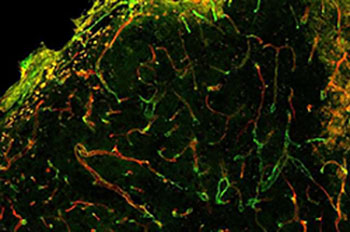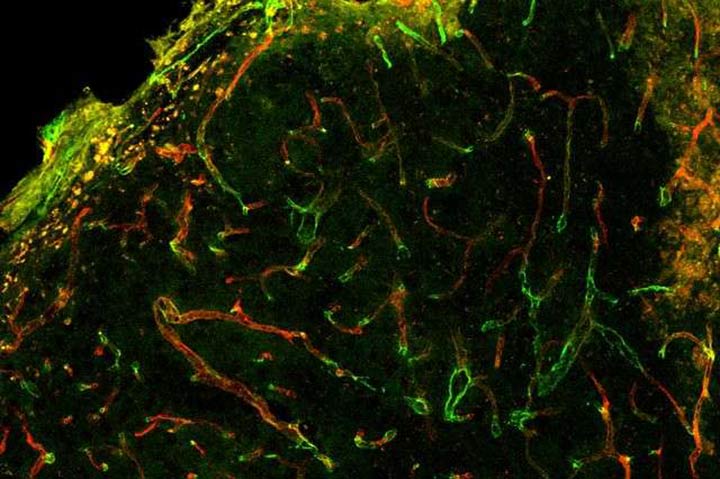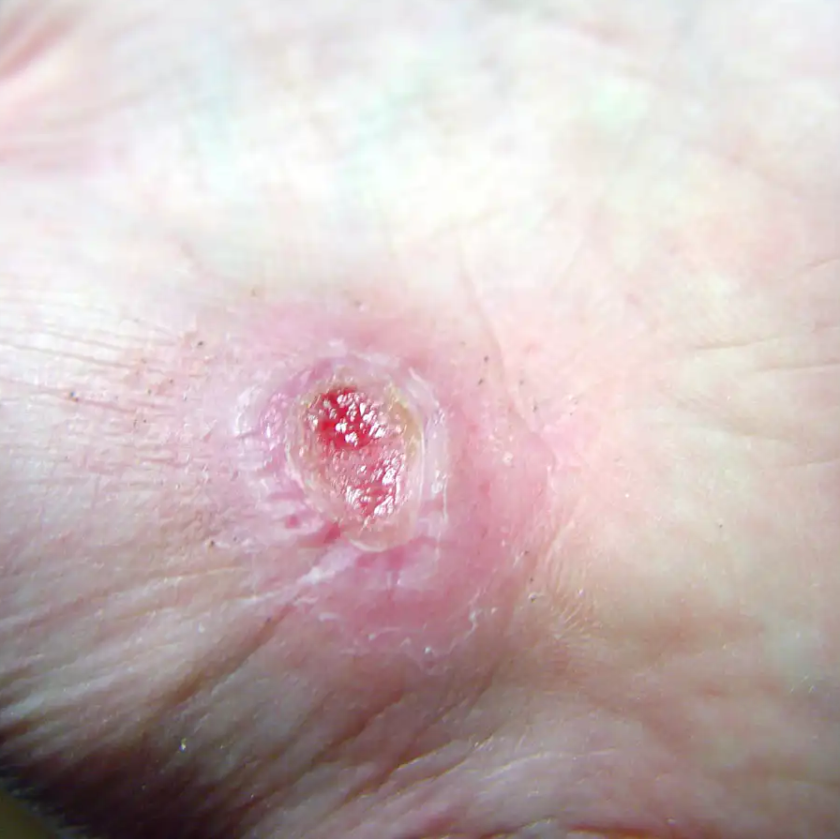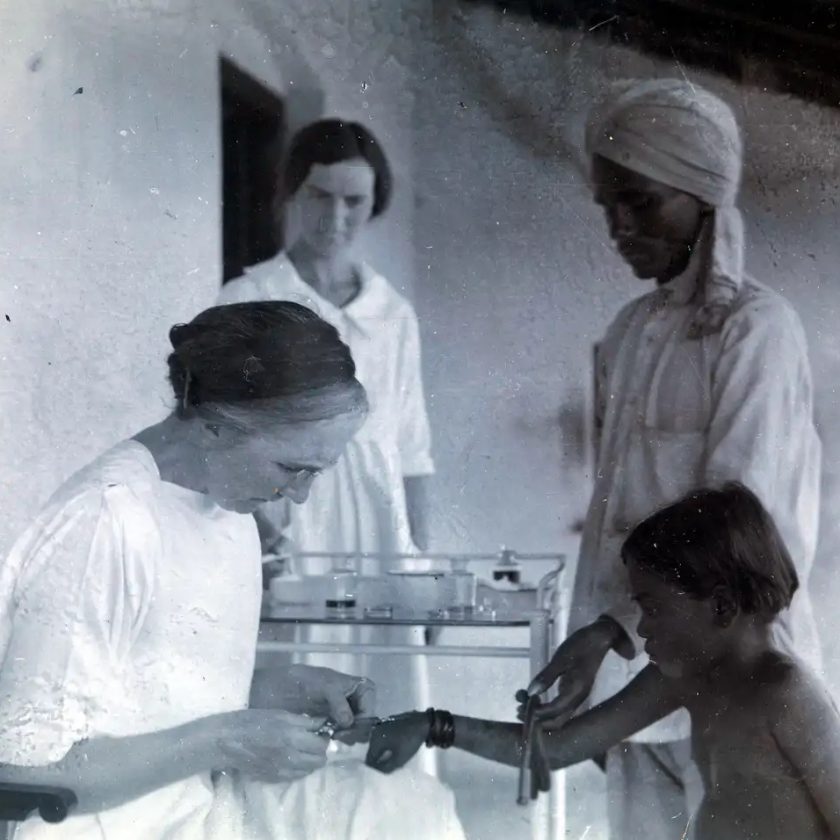A research team led by UCLA biomolecular engineers and doctors has demonstrated a therapeutic material that could one day promote better tissue regeneration following a wound or a stroke.
During the body’s typical healing process, when tissues like skin are damaged the body grows replacement cells. Integrins are class of proteins that are important in the cellular processes critical to creating new tissue. One of the processes is cell adhesion, when new cells “stick” to the materials between cells, called the extracellular matrix. Another is cell migration, where at the cell’s surface, integrins help “pull” the cell along through the extracellular matrix to move cells into place. However, these processes do not occur in brain tissue that has been damaged during a stroke. This is why scientists are trying to develop therapeutic materials that could promote this form of healing.

Using an injectable gel isn’t new, but previous gel scaffolds resulted in weak blood vessels in the newly formed tissue. The new findings, published in Nature Materials, show that when the scaffold contains a specific integrin-binding molecule, the new blood vessels that are formed are stronger.
“The injectable gel scaffold is sort of like a garden trellis that plants use to grow on,” said Tatiana Segura, professor of chemical and biomolecular engineering, bioengineering and dermatology, who led the research. “By itself that’s good as incoming new tissue has something to support its growth. This new material is similar to a trellis with very specific fertilizer to help the plant grow healthy and strong.”
Even combining gels with a protein that promotes blood vessel formation, such as vascular endothelial growth factor, known as VEGF, the blood vessels in the new tissue inside the scaffold tend be leaky and also tend to clump too close together.
Via Phys.org







